Want to grow your ecommerce business revenue this year?
Well, growth doesn’t happen by accident.
If you’re serious about growing, your business needs direction and a clear strategy.
Today I’m going to share 12 ecommerce strategies that are proven to help businesses increase their sales and revenues — and what’s even better, any ecommerce business can use these strategies.
Let’s dive right in.
12 Ecommerce Strategies Your Business Can Use Today
1. Create Content To Generate Backlinks
Content marketing is a great strategy to help grow your business.
Shopify store Death Wish Coffee uses its blog to cover plenty of topics related to coffee. Its content ranks highly in Google for coffee-related phrases like ‘how to make coffee,’ ‘how to use a coffee maker,’ and ‘how to drink coffee black’, which helps them generate traffic and brand awareness.

Having your blog rank for phrases has benefits beyond traffic to your blog. By creating great content, you can also get backlinks, helping boost the authority of your domain and its ability to rank for keywords with buying intent.
As Andy Crestodina, co-founder of Orbit Media explained to Unbounce: [*]
Something that a lot of content marketers may not understand: it’s the indirect benefits of content marketing that drive results. And in a lot of cases, it’s about SEO. The content drives the links, which drive the authority, which drive the rankings, which drive qualified visitors who searched for a “commercial intent” keyphrase… and now you have a visitor who is highly likely to convert, unlike your typical blog reader.
Let's say you have an ecommerce business that sells custom iPhone cases. You might want to create content for keywords related to your business such as
iPhone battery tips
iPhone hacks
Best iPhone accessories
These pieces likely won’t generate a ton of sales for your business. But will help with your site's overall SEO and brand awareness.
However, ‘iphone cases’ would be a super valuable term for this business (90k people search for this every month).

When you want to get your sales page ranking for a high-value, high-intent keyword like this, you’ll stand a much better chance if your domain already has search authority from other pieces of related content that you’ve published on your blog.
2. Offer Subscriptions
The ecommerce subscription space has grown by 100% a year over the past five years![*]
With ecommerce subscriptions, you have a huge opportunity to grow your business — and even better, generate recurring revenue.
As Chief Sumo says:[*]
The greatest thing about recurring revenue is predictability. When you know how many customers you have on recurring plans, you can begin to hire, spend money, and grow your business confidently.
The health food and fitness company Onnit recently expanded their product offerings to include a monthly subscription box of keto-friendly snacks.
Instead of relying on customers to return to their site and make repeat purchases, Onnit builds a more predictable revenue through subscriptions.
Subscriptions offer benefits to both customers and ecommerce businesses. With Onnit’s Keto Box, customers benefit because it’s easy; there’s no searching for the best keto snacks or worrying about keeping their diet fresh and interesting. For Onnit, it can bank on recurring revenue from each subscriber and also keep its brand and products fresh in the minds of customers each month.
To take this ecommerce strategy and implement it in your business, think about what you could offer customers on a recurring basis.
If you’re a fashion store, offer a monthly accessories box.
If you run a florist, offer a weekly flower delivery subscription (or an annual subscription so you never forget those important dates).
If you run a travel ecommerce business, send a guidebook for a new location or a collectible from a new country every month.
You can learn more about the subscription ecommerce business model over here.
3. Experiment With Delivery Offers
People LOVE free delivery. Almost eight out of 10 (79%) people surveyed by Walker Sands said free shipping was the #1 incentive when asked what would make them shop online more often.[*]
Shipping costs are also a key driver of cart abandonment, with over one-third (42.39%) of customers citing shipping costs as a reason for not completing a sale.[*]
Free delivery could be the perfect strategy to help take your business to the next level and grow your revenues.
I know that might sound a bit odd…
“How does covering delivery costs help me to increase my revenue?” I hear you ask.
A 2015 study by Stitch Labs that examined more than 1 million Shopify orders found that retailers who always offer free shipping can directly increase revenue by 10%.[*]
Think about how you can make pricing a key part of your ecommerce strategy moving forward. Here are a few ways you could make it work:
You could offer free shipping for all customers who register an account with your store, like Nike does.

You could run a free delivery, short-time offer to experiment with free shipping and see how it may affect your sales and revenue.
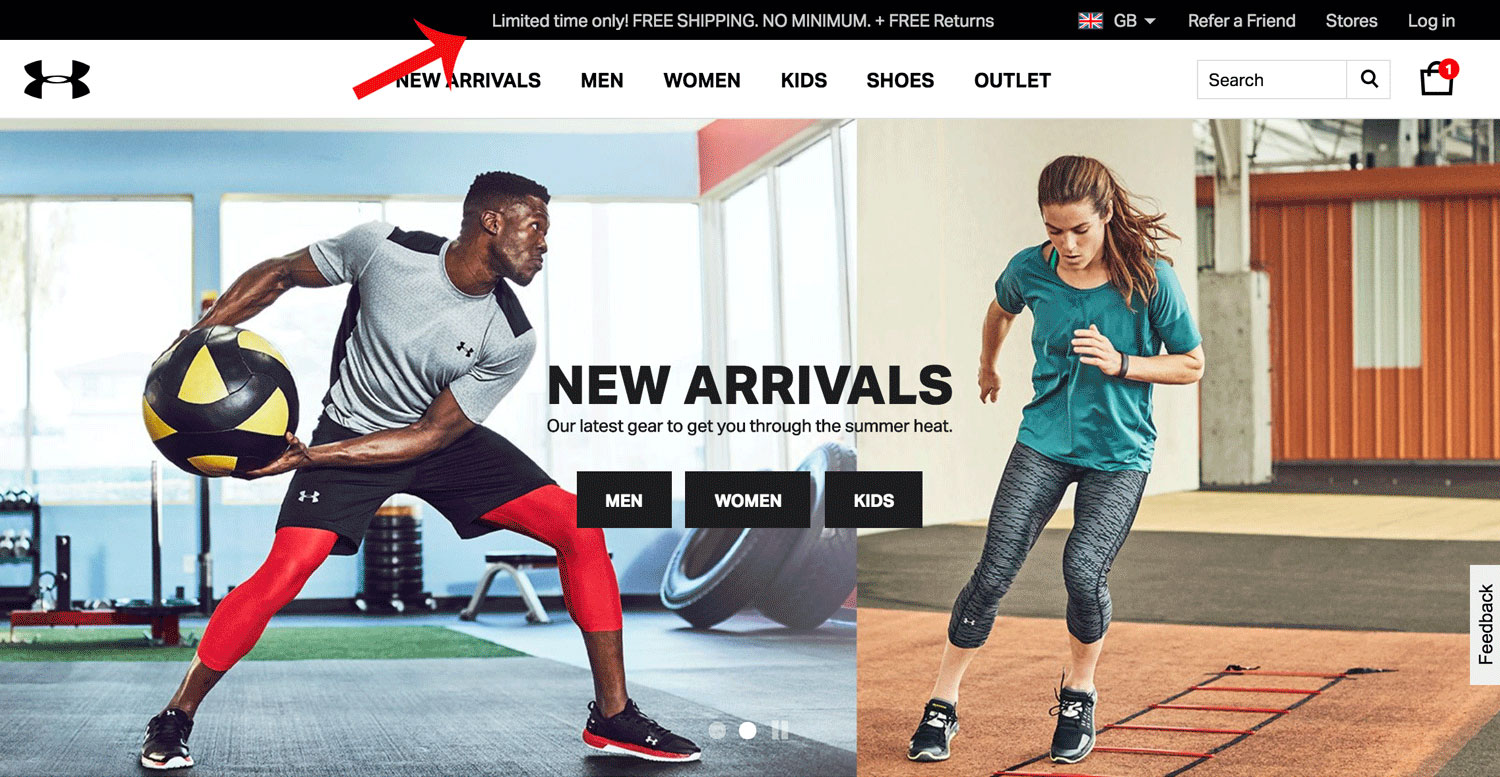
You could offer free shipping if sales exceed a certain value or more to encourage customers to spend a little more. Here’s how Fusionary Formulas uses Sumo’s Increase Average Order Value Shortcut to offer free shipping for orders over $50.

You can try the Sumo Increase Average Order Value Shortcut for free by clicking the button below.
4. Use Urgency To Encourage Action
Scarcity sells. In fact, scarcity can boost sales by up to 226%.
Just look at Amazon Prime Day — Amazon’s 36-hour sales event each July — for example.
By offering limited-time, limited-stock sales Amazon sold more than 100 million products and exceeded more than $1 billion in sales, making Prime Day 2018 the biggest sales day in Amazon’s history.[*]

But it’s not just special sales events where you can use scarcity to sell. It’s a growth hack you can use all the time. As Brian Peters points out, REI does a great job of using scarcity to increase sales all year round.
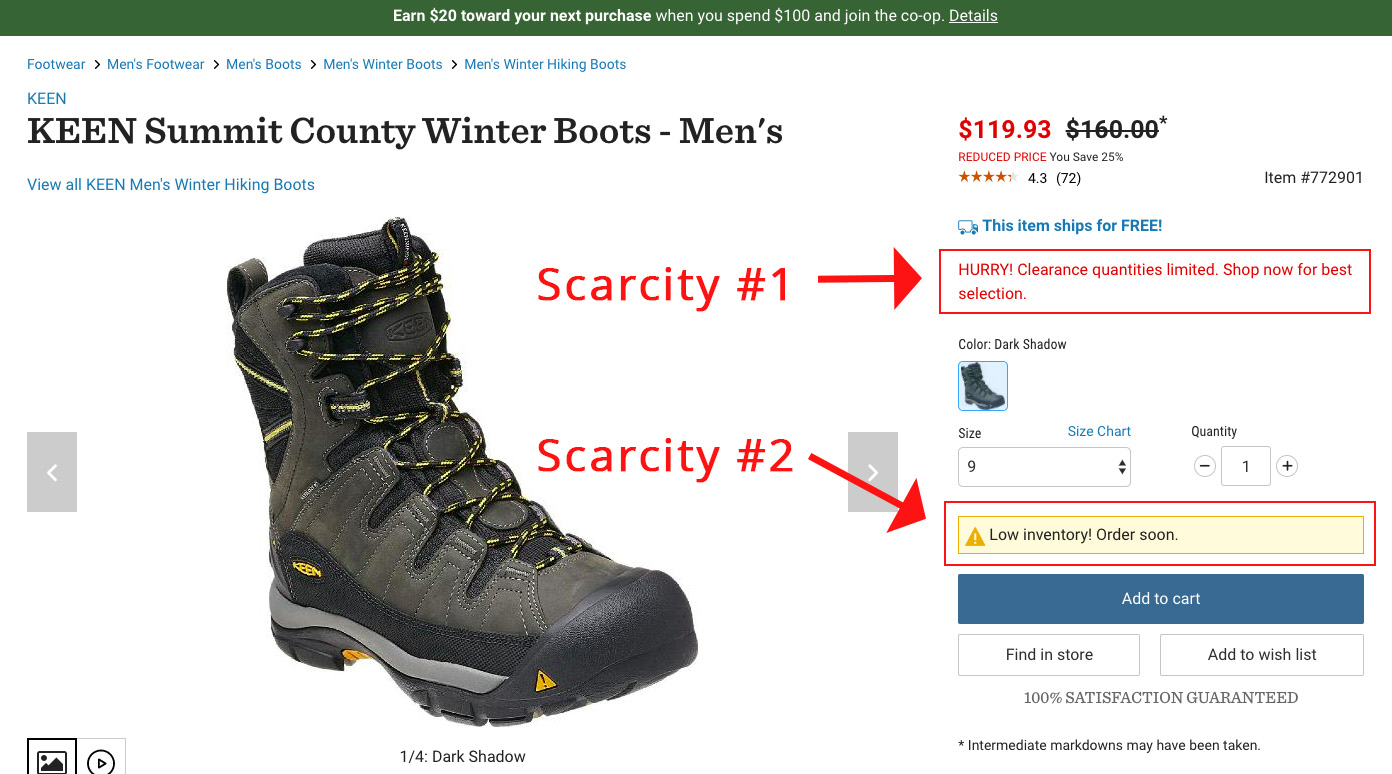
As Brian explains:
They hit you twice here. One, they’re saying that these clearance items aren’t going to last long, so you better get on it while you can. And two, these boots are also low in inventory. A double whammy!
5. Add Reviews And Ratings To Your Site
Product reviews can help you to sell higher-priced products, a study found. A study of 1,000 consumers discovered that better reviews is the number one thing that will make people choose a higher-priced option.[*]
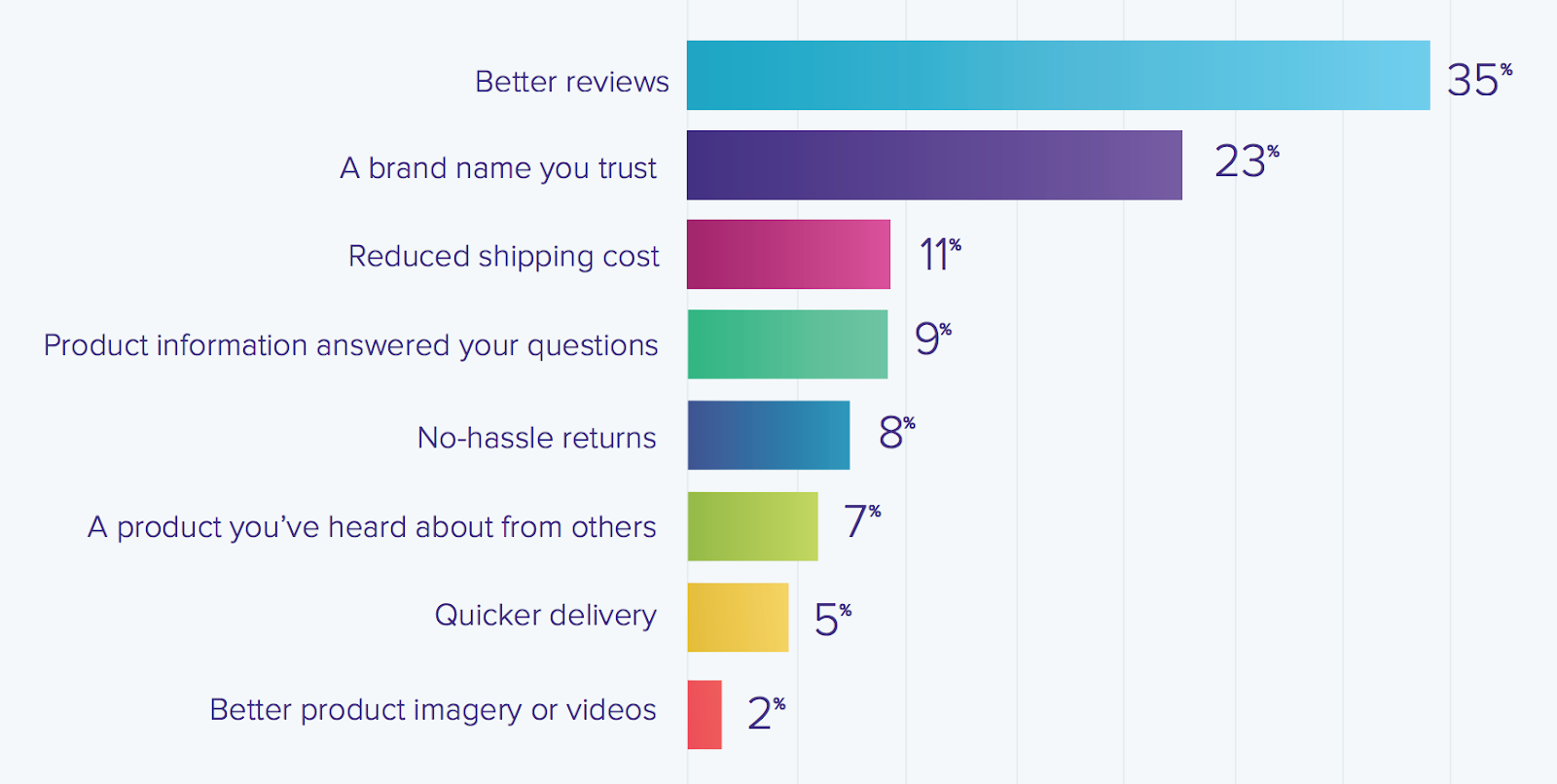
Before parting with their hard-earned money, customers want to know that they can trust your brand and your product will offer exactly what is outlined on your sales page.
Reviews are the best way to build this trust.
In the past, if I’ve been faced with two products that seem almost identical, I’ll go with the option with the most positive reviews.
Chilly’s, a bottle company with a mission to accelerate the adoption and everyday use of reusable products, features product reviews prominently on its homepage.

As does British retailer Not On The High Street.
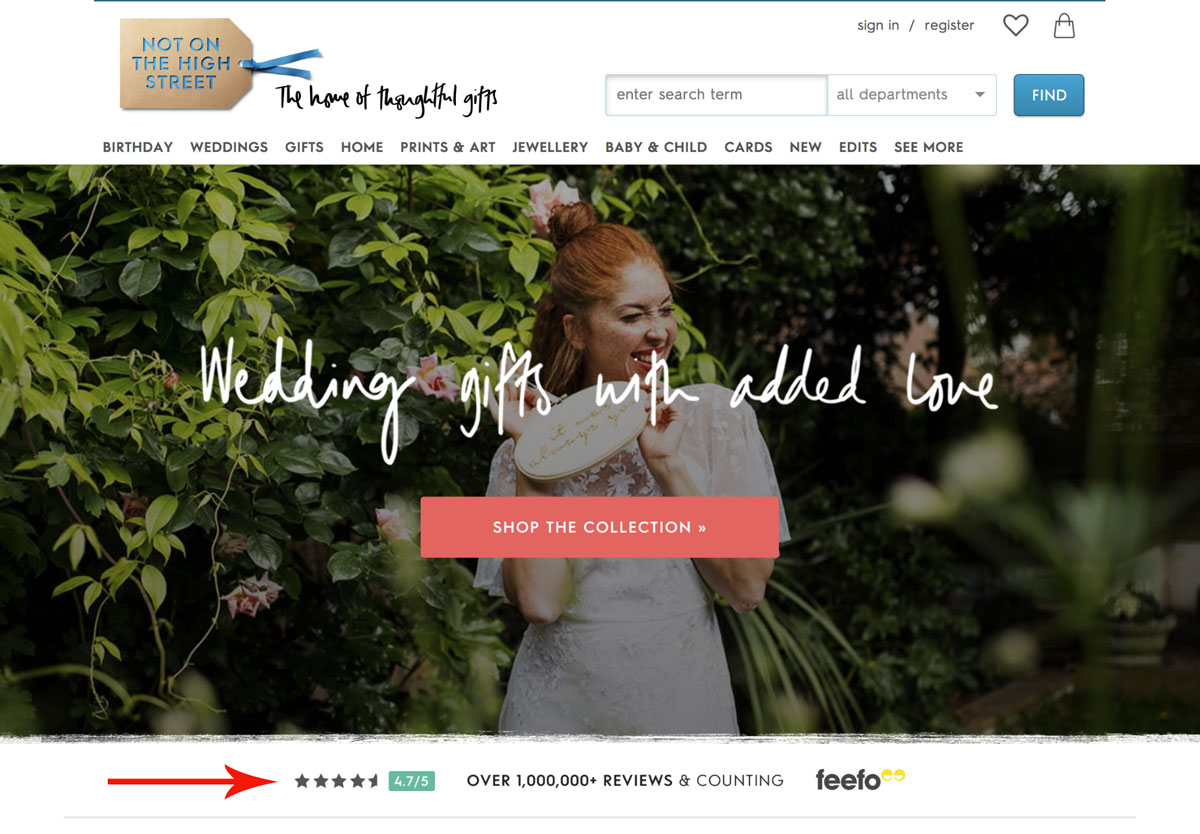
As soon as a new visitor hits either of these sites, they can instantly recognize that this is a brand that many others trust and rate highly.
But customers aren’t often forthcoming with reviews. You need to put in the work to get feedback in most cases. For example, Amazon sends follow up emails for each purchase made encouraging customers to leave reviews for products.
Editor’s note: You can check out some more great examples of ecommerce review and feedback emails here.
Once you have a bunch of customer reviews, put them to use by displaying them across your store — especially on product pages. Shopify store Shwood Eyewear does this well with a quick breakdown of reviews just below the ‘Add to Cart’ button.
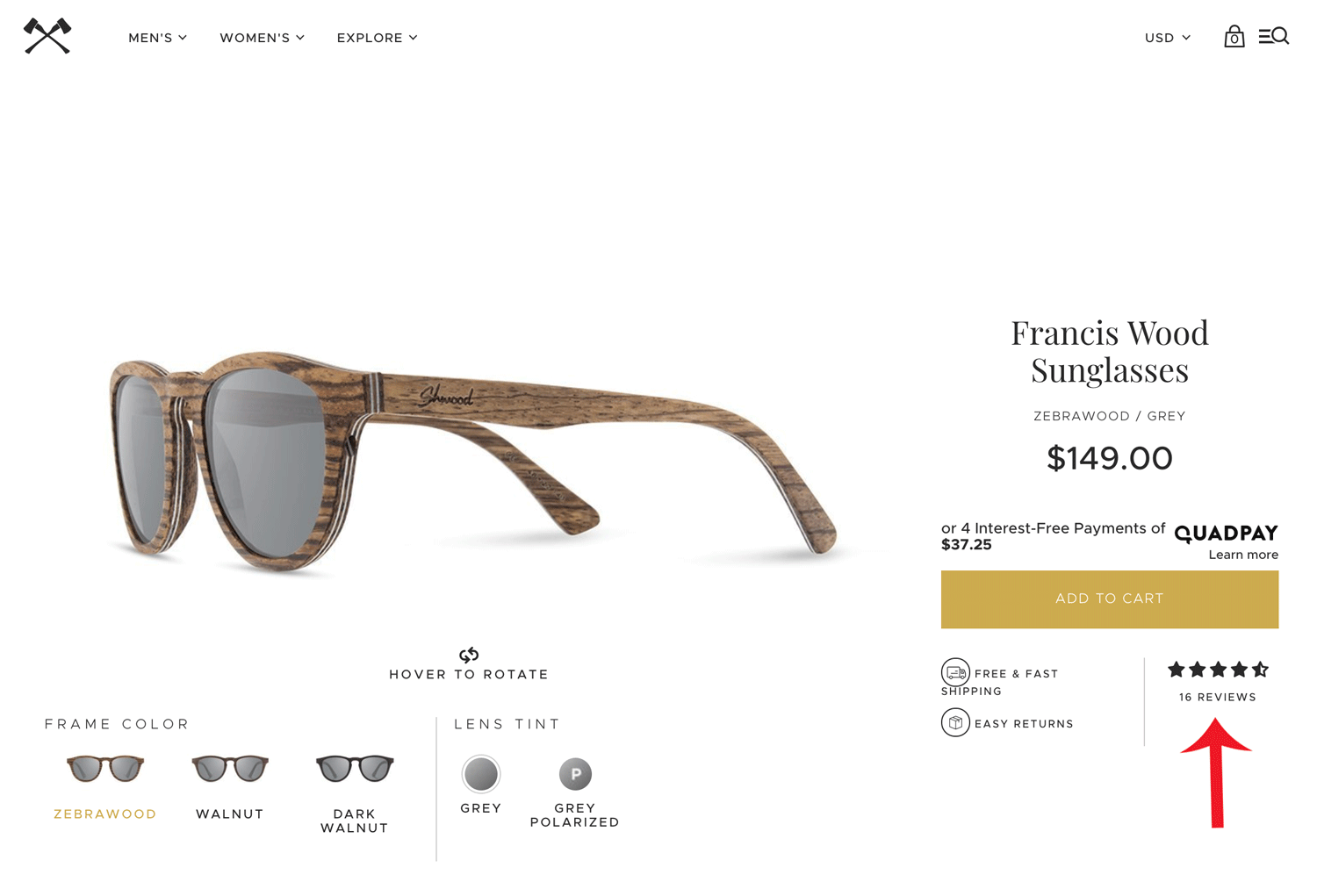
And if the customer wants to check out some of the reviews, they’re all shown at the bottom of the product page.
You could also take this one step further and ask your customers for video testimonials like women’s beauty site, BOOM! by Cindy Joseph. When a customer completes a purchase on the site, Boom offers a $10 gift voucher for anyone who shares a video testimonial for their products.
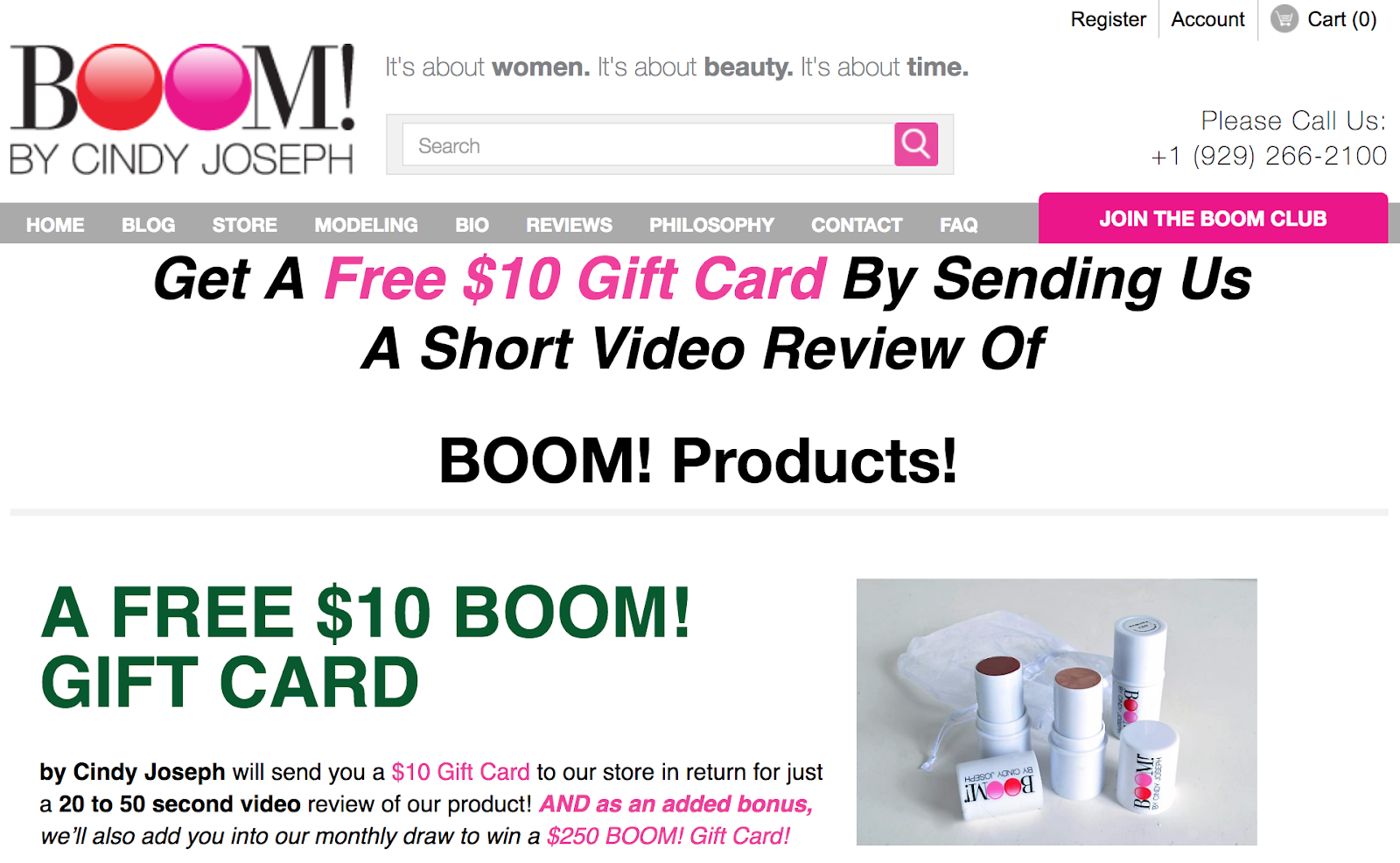
6. Offer Exclusive Sales To Existing Customers
Though the exact figures are debated, keeping a customer is much less expensive than acquiring a new one.
As Amy Gallo wrote in HBR:[*]
Depending on which study you believe, and what industry you’re in, acquiring a new customer is anywhere from five to 25 times more expensive than retaining an existing one.
If you want to build a successful ecommerce business, you’ll need to entice customers to return to your store. One of the best ways to do this is through exclusivity and creating personalized offers and discounts for your existing customers. What’s great about this is you already have data on your existing customers.
A survey by Accenture focused on personalized retail experiences found that 59% of shoppers like to receive promotional offers for items they are strongly considering.[*]
This means a personalized sale, offer, or product recommendation will be much better received than a generic message that’s sent to your whole customer base.
For example, as Amazon knows my purchase history, it can send me personalized product recommendations.
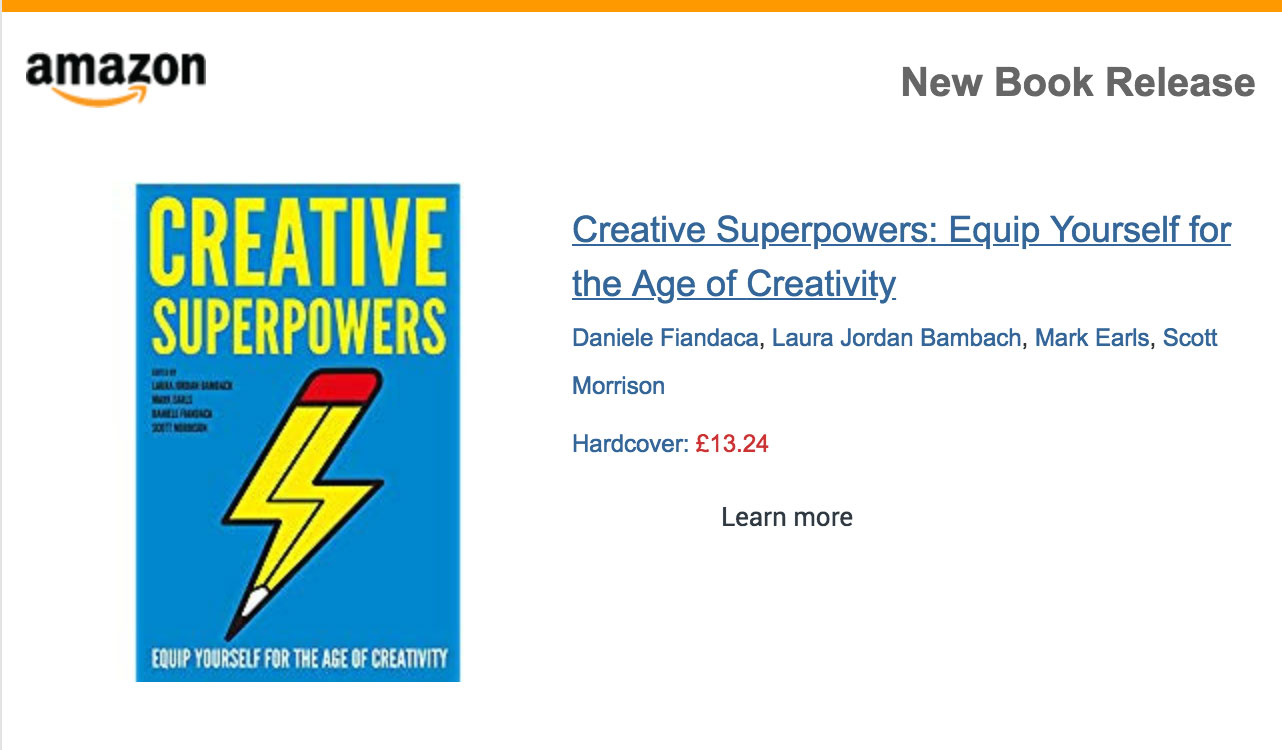
UGG also uses offers to make existing customers feel like VIPs and build loyalty.
Try to think about how you can build an ecommerce strategy that rewards existing customers and keeps them coming back.
7. Create A Visual Style For Your Product Photography
In the world of ecommerce, your brand is super important. This is because no matter what you’re selling you’re always going to have a ton of competition.
Your brand is what will make you stand out from others in your space.
Everywhere your customers can interact with your brand, think about how you can use visuals to stand out and create a familiar feeling so that whenever a customer sees one of your products, they know it’s from your business.
Fashion retailer Everlane uses soft, light backgrounds and plenty of whites and greys on their website.
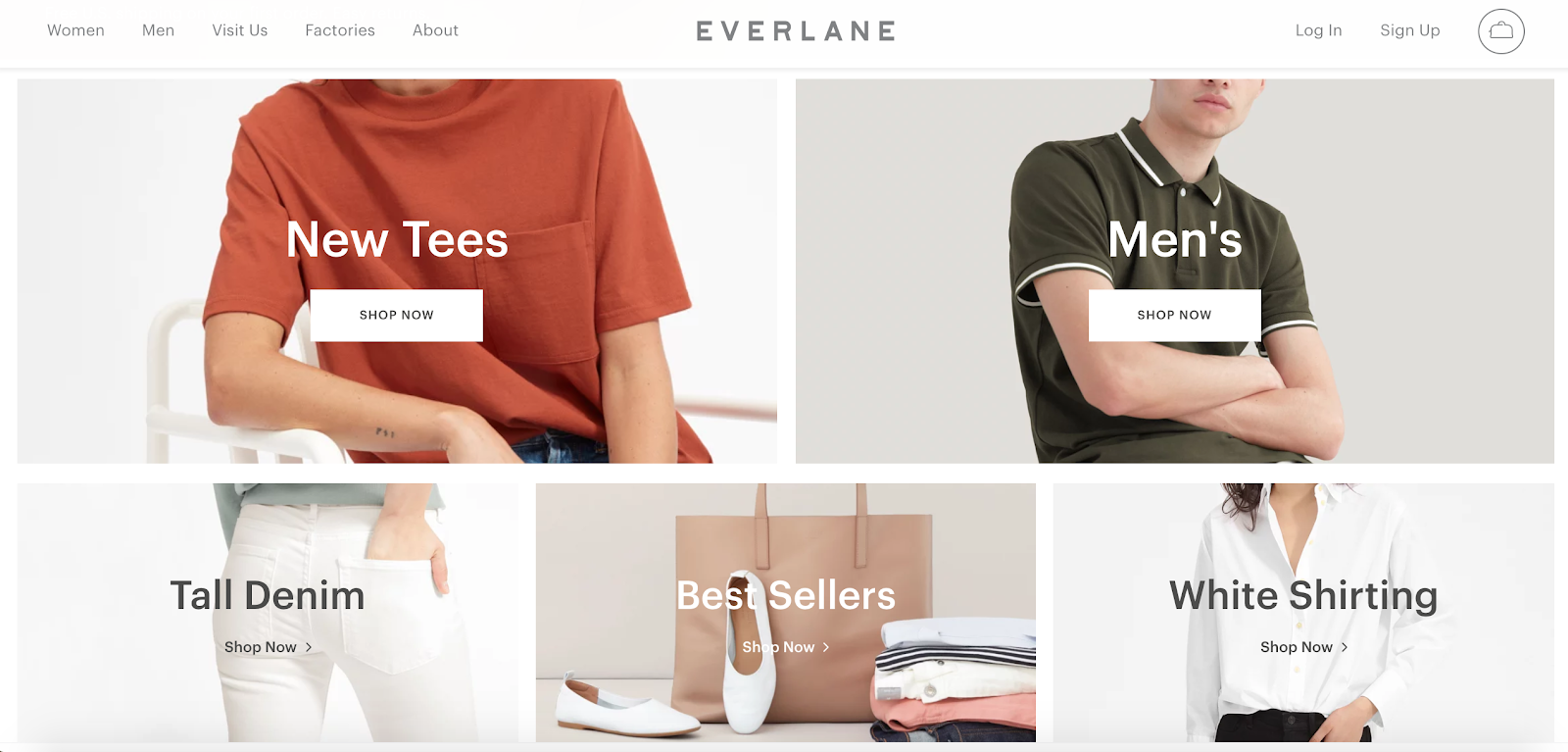
This style filters through to every place you might interact with their brand, including social media.
And email.[*]
If you check out Everlane’s product pages, they feature plenty of product photos in their trademark style too.

The product photos you choose on your website can also help drive sales. A study found that 73% of online shoppers need three or more product images to go ahead with a purchase.[*]
8. Create Offline Experiences For Customers
Despite the many benefits of ecommerce for customers, many still prefer to shop in person. A study from Walker Sands discovered that there’s still a clear preference to shop in physical stores for most product categories.[*]
You might be an ecommerce brand, but you can deliver great experiences to your customers offline too.
For example, the pop-up store industry has grown to more than $50 billion, according to data from Popup Republic.[*]
So you could look into the possibilities of running a pop-up store in your local area to generate some excitement about your store or meet some of your customers face-to-face.
Shopify store Belle Force Activewear, an early-stage fitness brand, has put pop-up stores in fitness studios to help spread the word about the business and connect with target customers.[*]
If hosting an event in a physical space isn’t your thing, think about how you can create awesome offline experiences for your customers. Travel brand Away launched ‘Here,’ a magazine that features cultural reporting, travel journals, photo essays and interviews with well-known travelers.
You could create a catalog to mail out to your customers. Online soccer retailer Pro Direct sends out an annual Boot Bible to customers.
If you want to make a great impression every time a customer receives one of your products, think about how you can enhance your ‘unboxing’ experience.
Great packaging can also encourage your customers to make a repeat purchase. A 2016 study from Dotcom Distribution found that 42% of consumers are likely to make repeat purchases from an ecommerce store that delivers orders in premium packaging.[*]
Dollar Shave Club does a great job of its packaging and unboxing experience. Its products arrive in customized boxes featuring microcopy and slogans that are in line with the company’s branding.
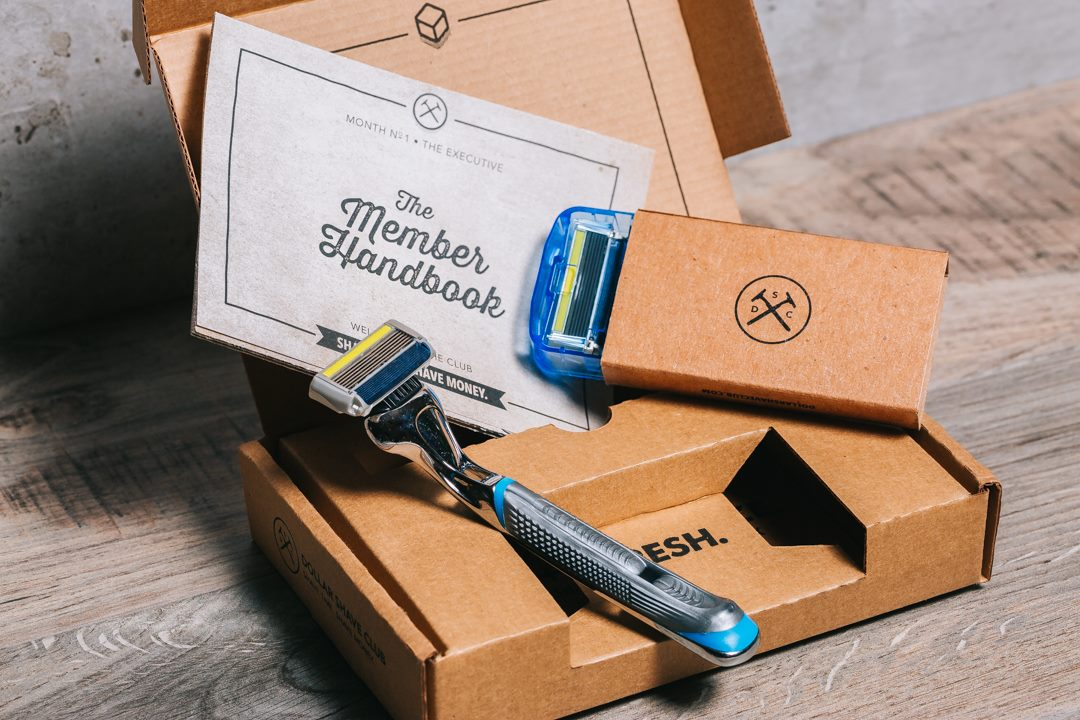
Providing a unique unboxing experience can lead to word-of-mouth marketing, as many customers share their unboxing with friends and the wider world via social media.
For example, there are over 700,000 unboxing posts on Instagram alone:
9. Build A Loyalty Program
As we mentioned earlier, keeping a customer is much cheaper than acquiring a new one. This strategy helps ensure your customers keep on coming back.
A customer loyalty program helps keep your customers loyal by offering:
Discounts
Free products and giveaways
Vouchers and coupons
Early access to products
Exclusive content and sales
Starbucks customers can sign up for My Starbucks Rewards and receive
Free drinks
Special offers on favorite items
Exclusive early access to the newest products
Quick and easy payment with its mobile app
All of these factors encourage customers to keep returning to Starbucks rather than trying out other coffee shops.
Sephora has a great loyalty program called ‘Beauty Insider’ where customers earn points for every purchase and can then redeem their points for free products.
Even Amazon Prime is a loyalty program (albeit one that customers pay a premium for). But free shipping, access to exclusive sales, and plenty of on-demand media content are enough for:
Over a hundred million people worldwide to pay to join.
Increase Amazon’s average spend per customer from $544 to $2,486 per year.
Once Amazon has accustomed you to free two-day delivery for a year, it quickly becomes your go-to store for almost everything — trust me, I joined on a trial two years ago and guess what? I’m still paying for it now and it’s worth every penny.
Starting a loyalty program isn’t as difficult as you might think. If you’re keen to get rolling with this strategy, the most important things for you to think about are:
What will you reward customers for?In most cases, this will be making purchases, but you could also look to use rewards for inviting friends, leaving product reviews, and other actions that benefit your business.
What will your rewards be?You could offer free products, discounts off future purchases, free shipping for a set time. This list is endless, but it’s important to offer something that 1) makes financial sense for your business, and 2) motivates your customer to sign up.
How are rewards redeemed?Do customers manually redeem their rewards or will a reward be automatically triggered?
If you run your store on Shopify you can use one of the many available Shopify apps to set up your program and do all the hard work for you.
10. Optimize Your Product Descriptions
Product descriptions are an often-overlooked aspect of ecommerce success. It’s easy to add a new product to your store and throw up a hastily written description or copy the description from the manufacturer.
But please, please don’t do that!
Just because most product descriptions suck doesn’t mean yours have to. In fact, this means you have a MASSIVE opportunity to stand out.
Your product descriptions give you the chance to:
Provide product details and specifics to help answer customer questions. Nike does this particularly well.
Reinforce your brand using your own unique style of copy and content. Dollar Shave Club does this brilliantly.
It even has videos for each of its products:
Share your expertise and position your company as an expert and leader in your niche. Patagonia does this well with its descriptions.
Use your product descriptions as a way to pique your customer's interest and give them everything they need to know before making a purchase — in your own unique way.
For more on writing killer product descriptions, check out these two posts:
How To Write Product Descriptions That Convert (Plus 5 Examples)
10 Ecommerce Product Description Examples That Sell (Not Tell)
11. Offer Instant Discounts To New Customers
This simple ecommerce strategy helped one company to generate $335,288 in just one year!
How many visitors come to your website and leave after a few seconds without marking a purchase? My bet is it's 90% or more, maybe even 99%.
You may think there’s nothing you can do to get people to make a purchase. Well, this Sumo case study suggests otherwise.
Our Chief Sumo uncovered a flavored water business that uses this popup for new visitors.
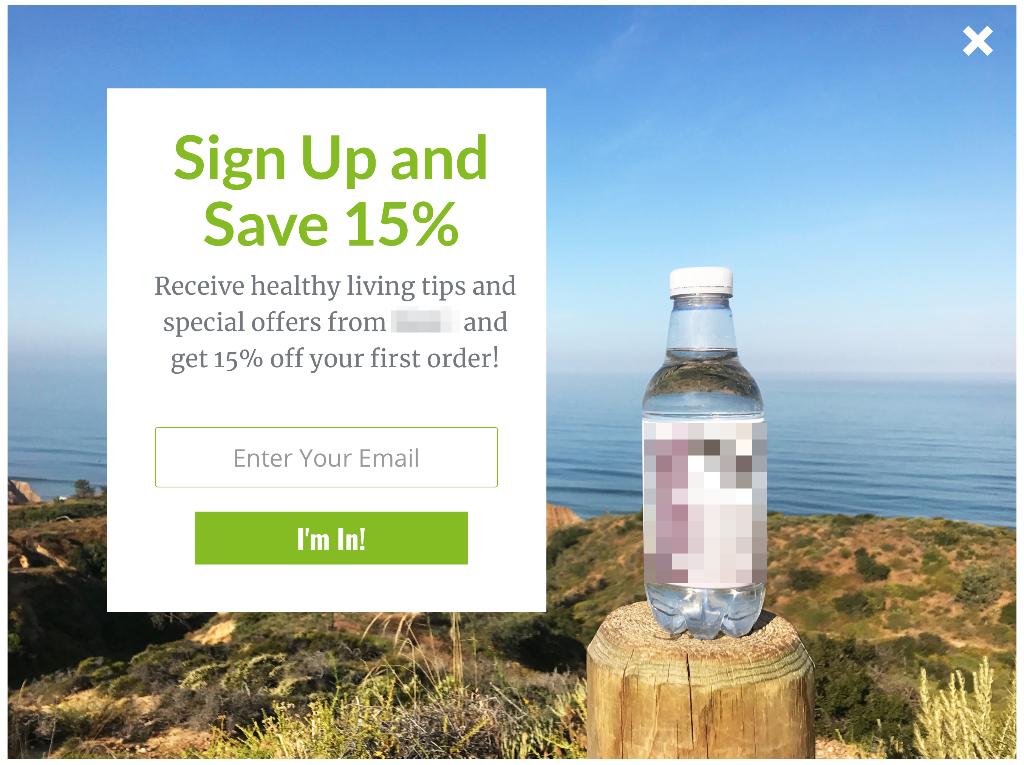
This popup has collected more than 49,000 email addresses, and the 15% discount has been redeemed 5,239 times, leading to the mindblowing $335,288 in sales.
Think about how you can grab the attention of your visitors turn them into a lead — or even better, make a direct sale.
You can implement this type of offer right now using Sumo.
12. Explore Partnerships
Partnerships are a great way to spread the word about your business and reach new customers.
You don’t have to do something on the scale of Marvel x Netflix to make an impact. Partnerships of any size can generate results for your business.
Think about other businesses that have complementary audiences to your own.
If you sell refreshing drinks, a local sports club could be a good partner.
If you sell car accessories, a local auto repair shop could help you promote your products.
If you sell office supplies, a commercial leasing agent could be a perfect fit.
Whatever your niche, there are partners out there for you, guaranteed.
“But how could a partnership work?”
Don’t worry; let me give you an example from Chief Sumo.
Sumo once partnered with a company called Beacon for a deal. Here's how it worked:
1. We put together the offer "Buy Sumo and get a year of Beacon for free."
2. For every sale, we paid Beacon a percentage of the sale.
3. We send this "Sumo + Beacon" offer to our Sumo mailing list.
4. Beacon promotes the combined software deal to their mailing list, too.
5. Both parties benefit from added exposure and new customers.
That’s not the only type of partnership you could put together though. Think creatively.
You could partner up with a few businesses to run a viral giveaway like Noah and Bo Jackson.
Maybe you could link up with an online content creator (like Samsung and Casey Neistat but on a smaller scale).
Or you could partner up with a local venue to provide an event for your customers.
Whatever you choose to do, think about how you provide equal benefits for all involved parties and provide something valuable for your customers.
Time To Take Action: Access Our Ecommerce Strategy Testing Framework
So that’s it! Twelve ecommerce strategies to help your business grow.
Want to implement these strategies?
I put together a testing framework you can use to experiment with these strategies without getting overwhelmed. Click the button below to download the testing framework so you have a focused plan of action.
Ecommerce Strategy Testing Framework
Growth doesn’t happen by accident. Take action and start increasing your revenue today.


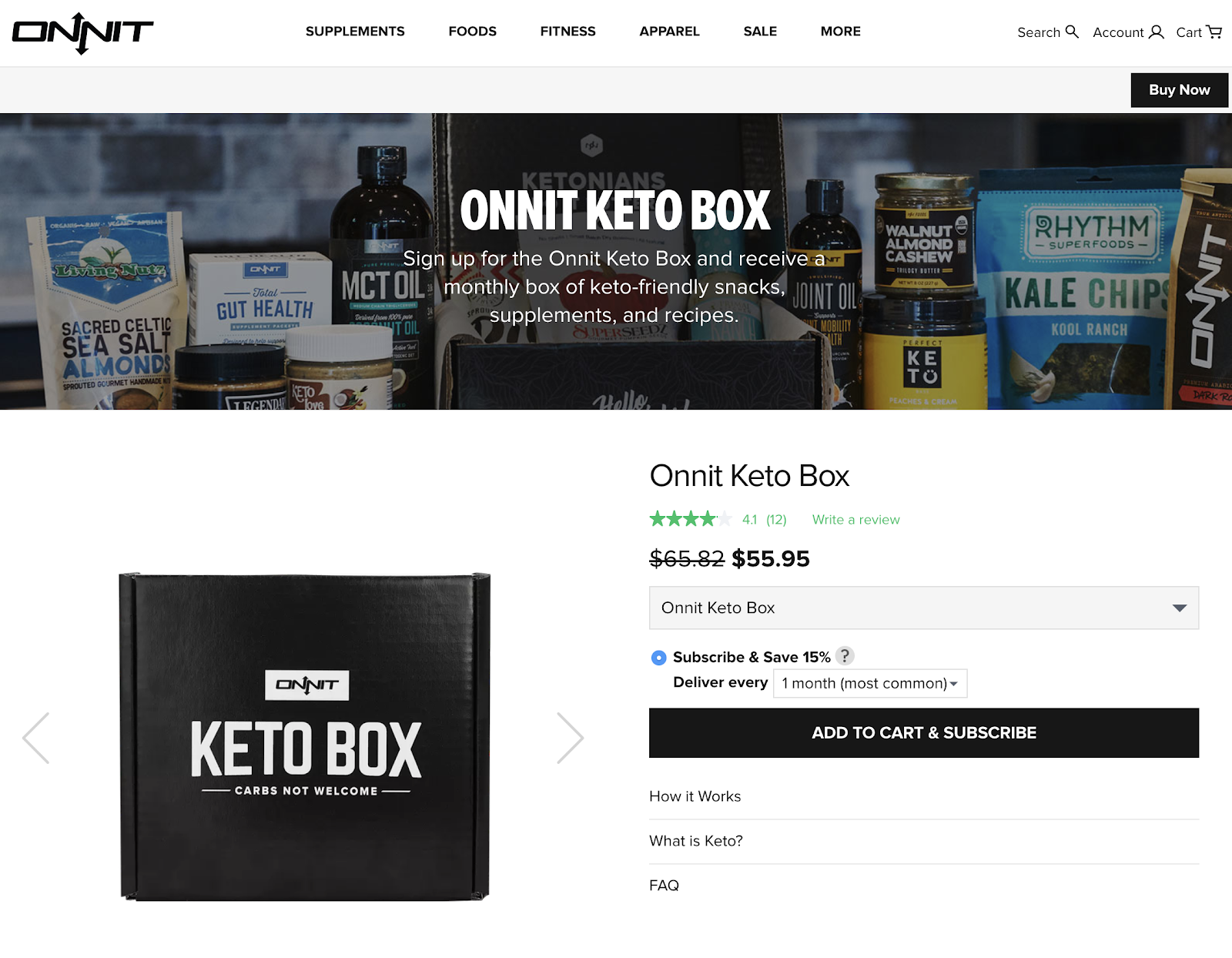
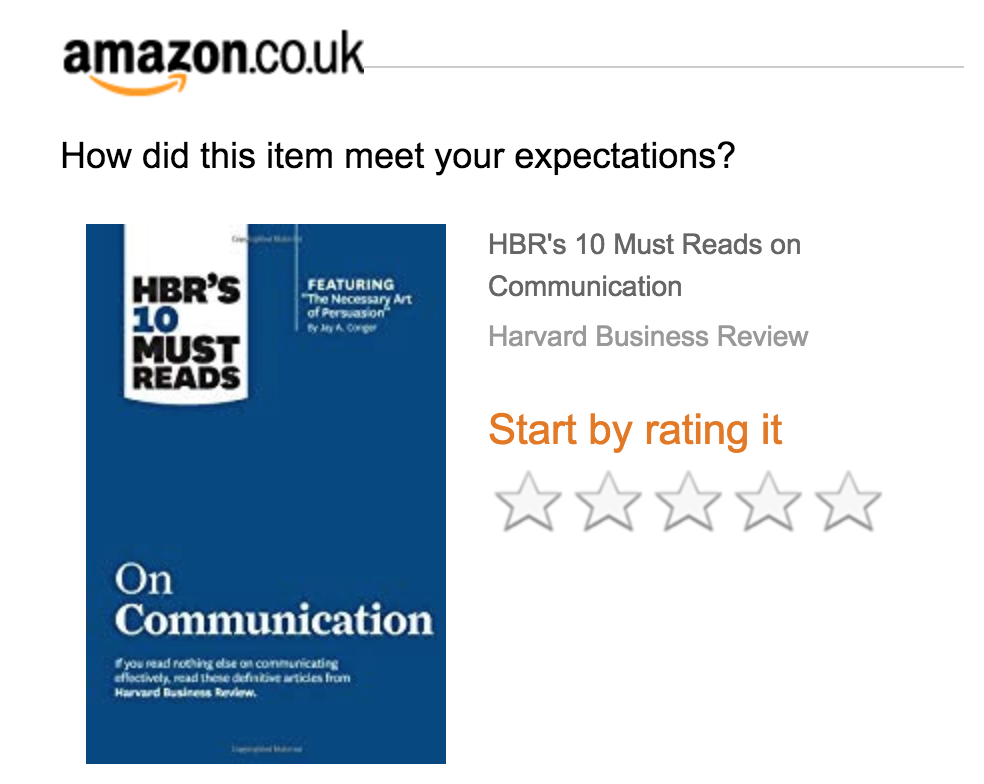
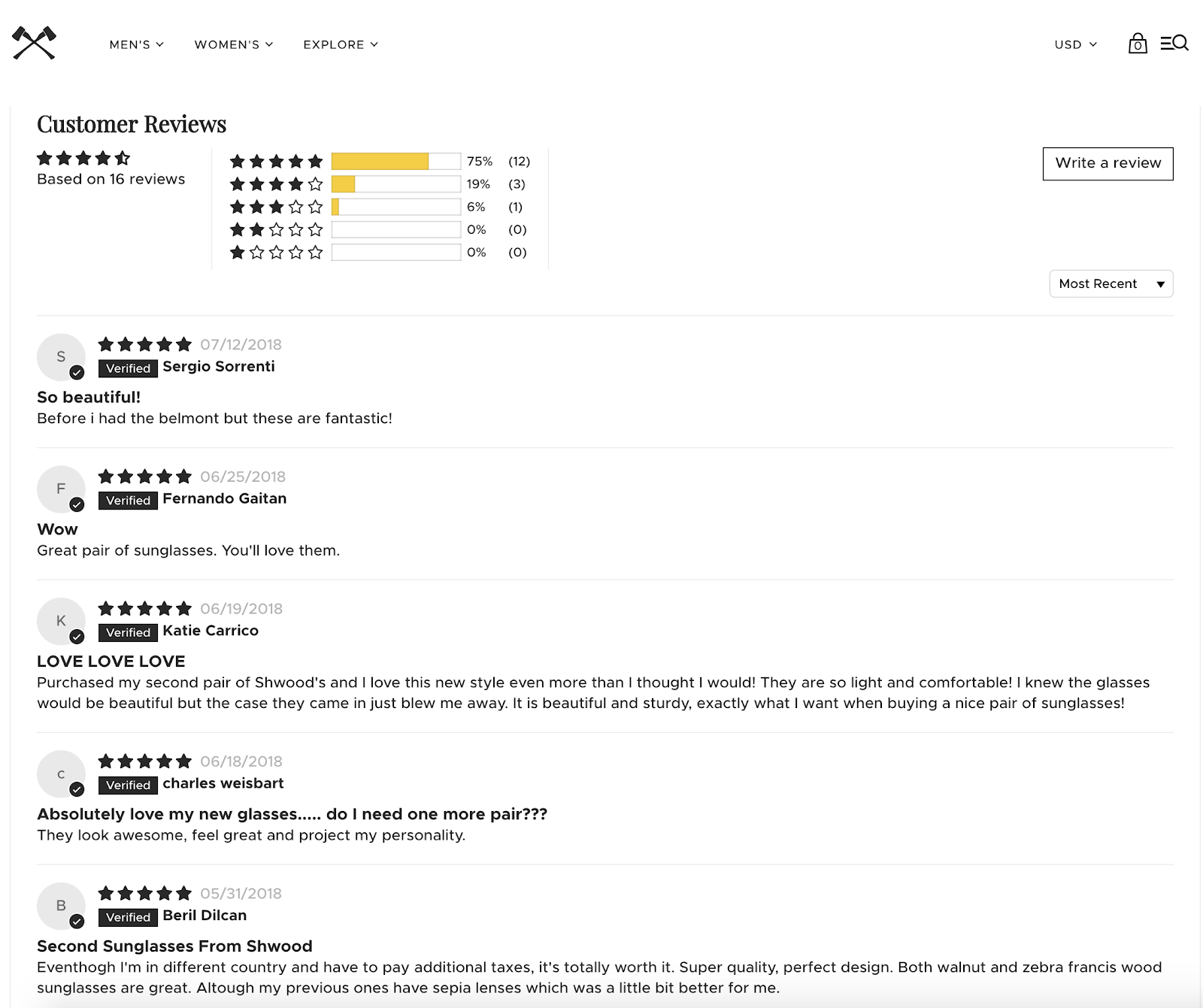
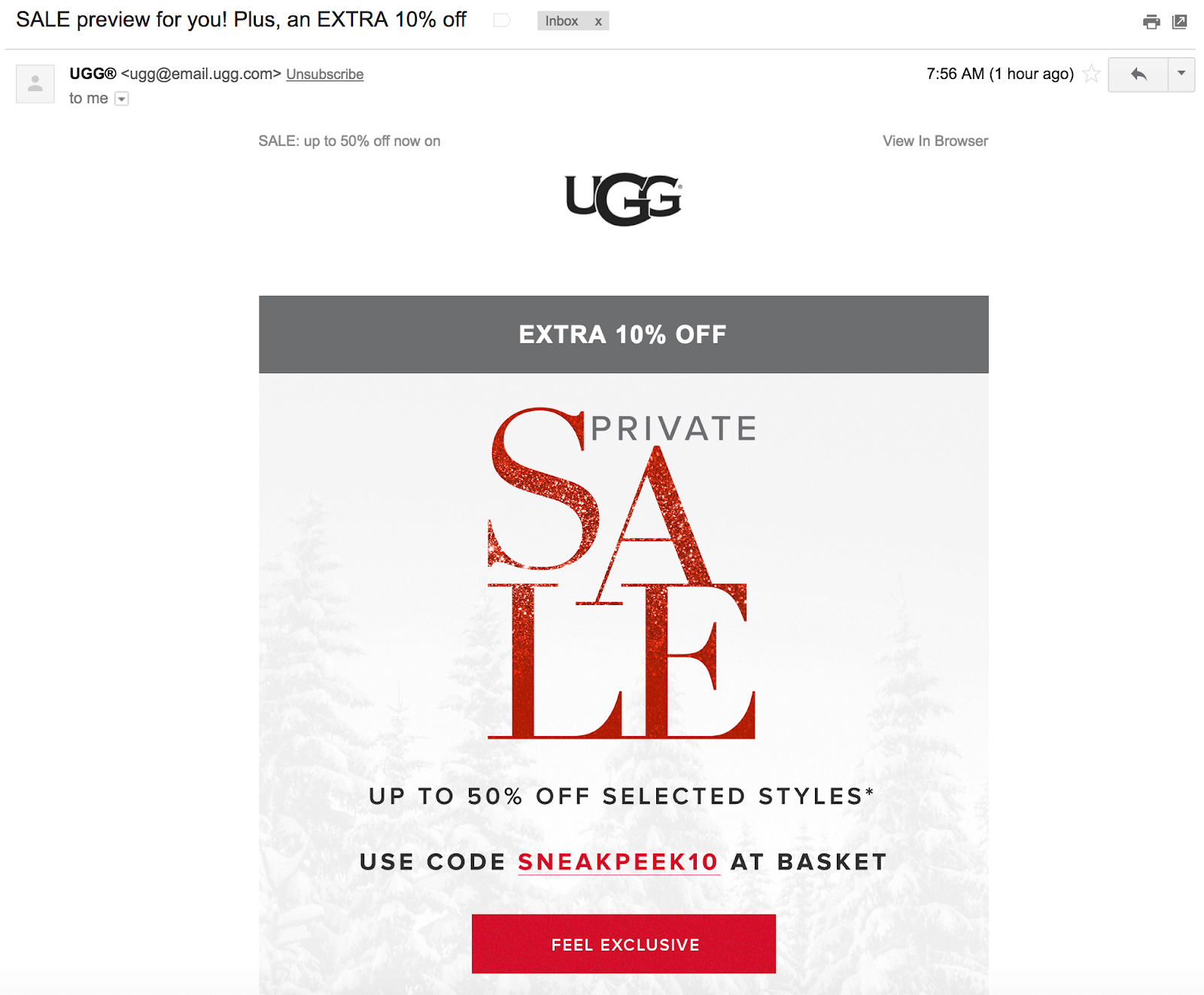
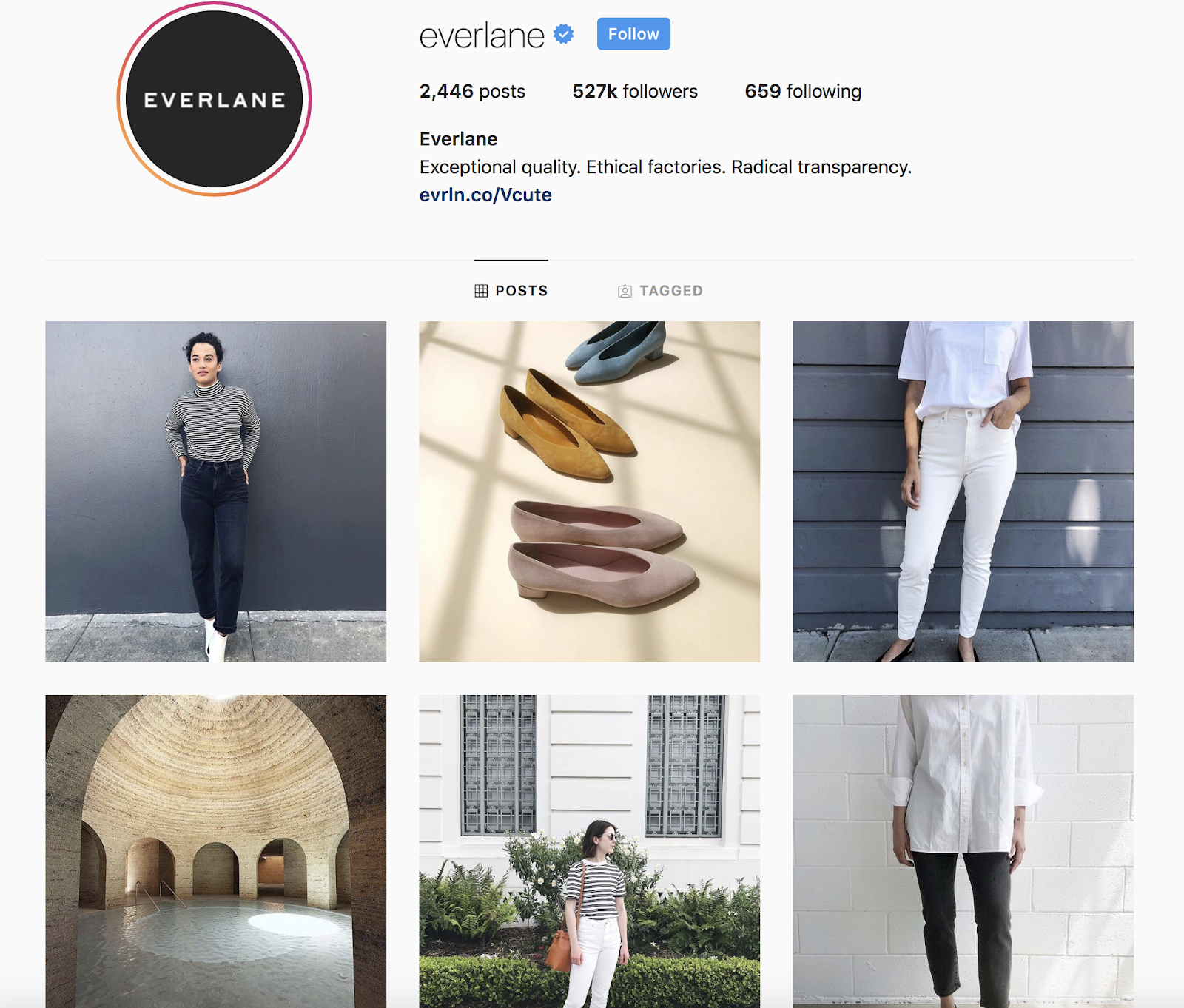
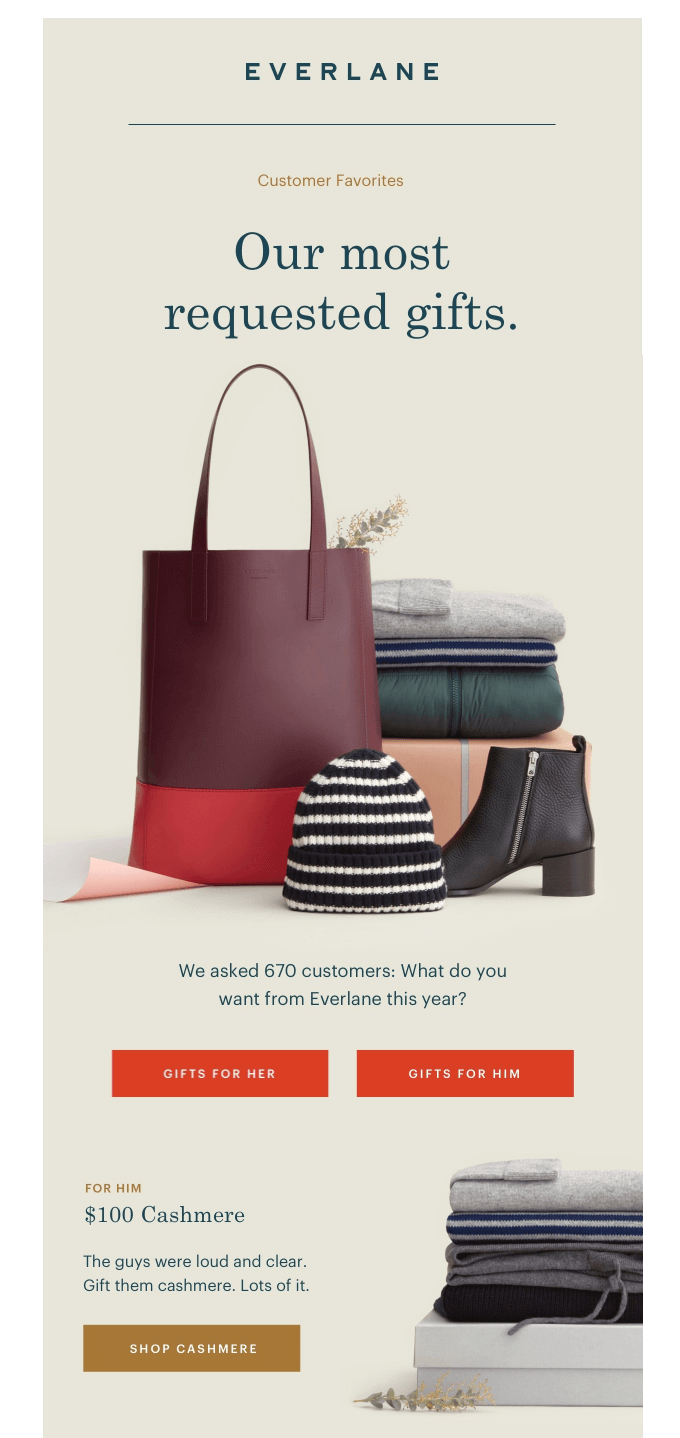
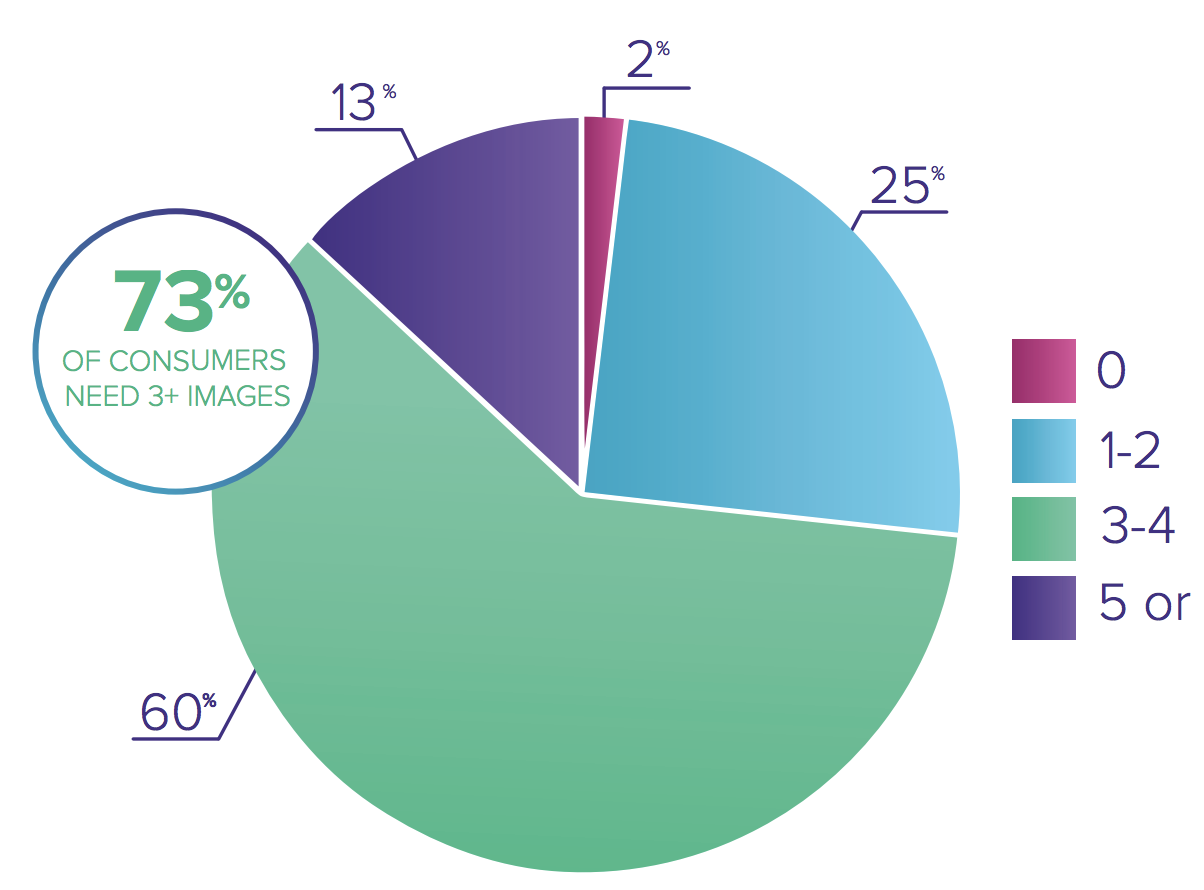


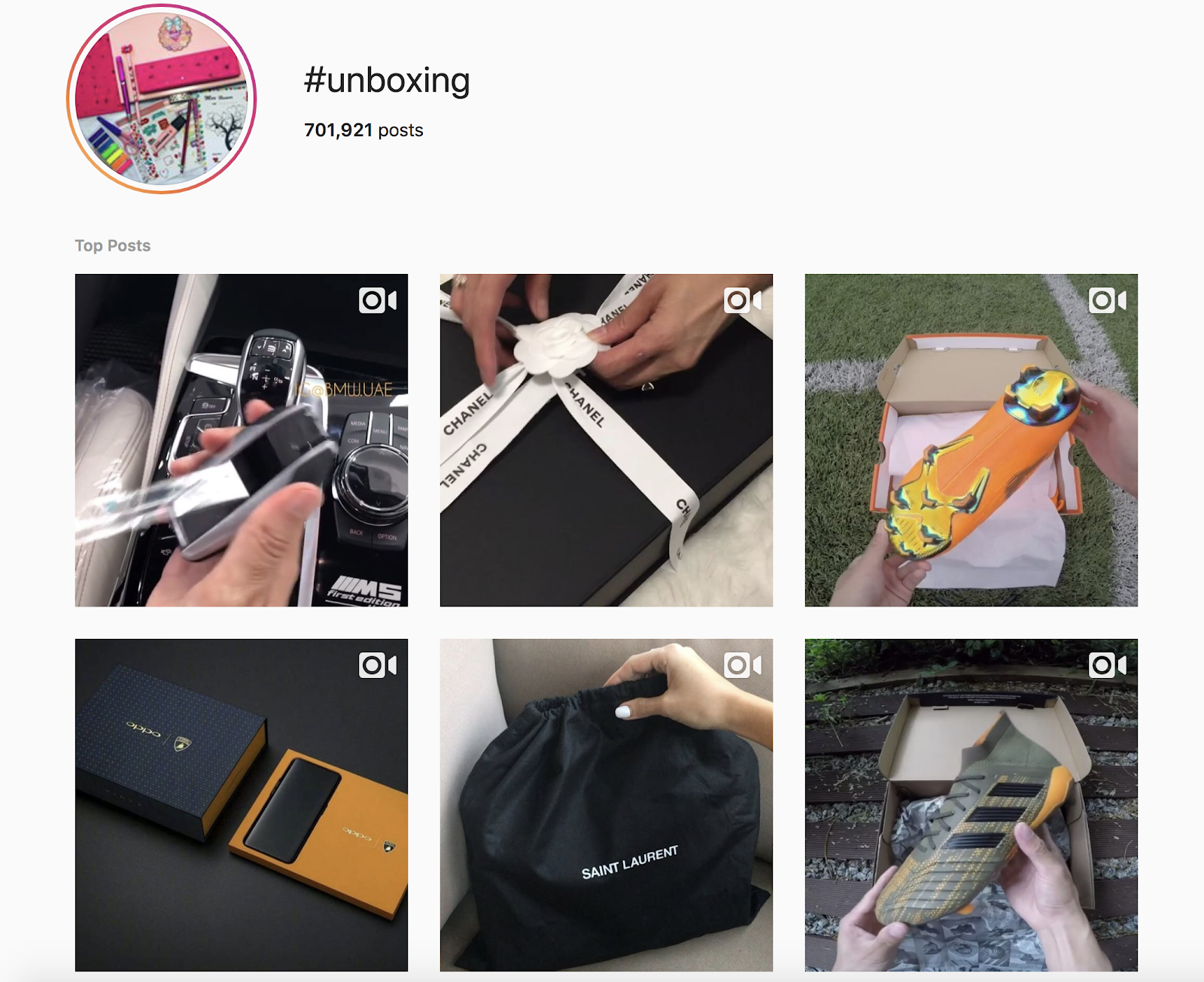
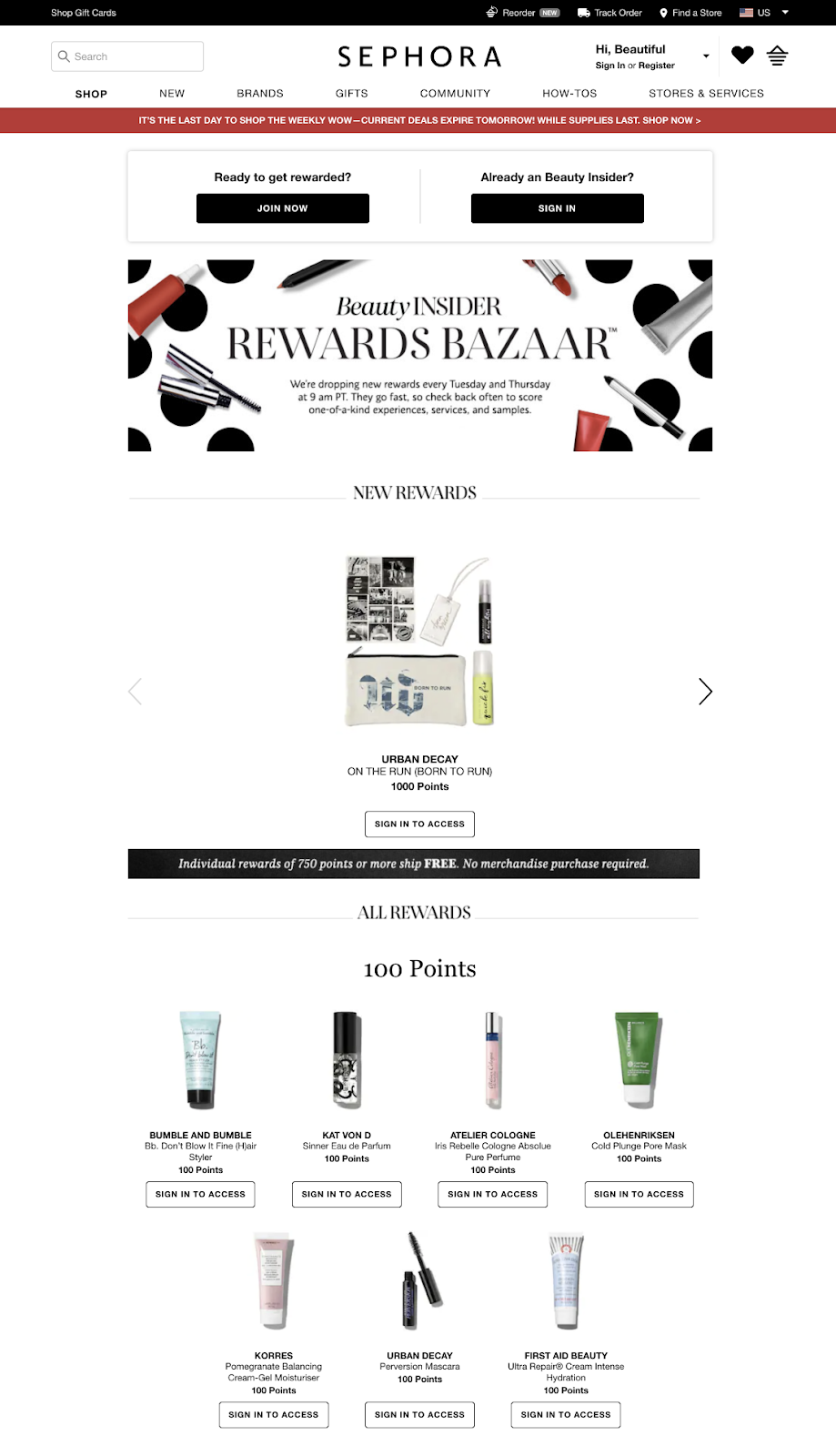
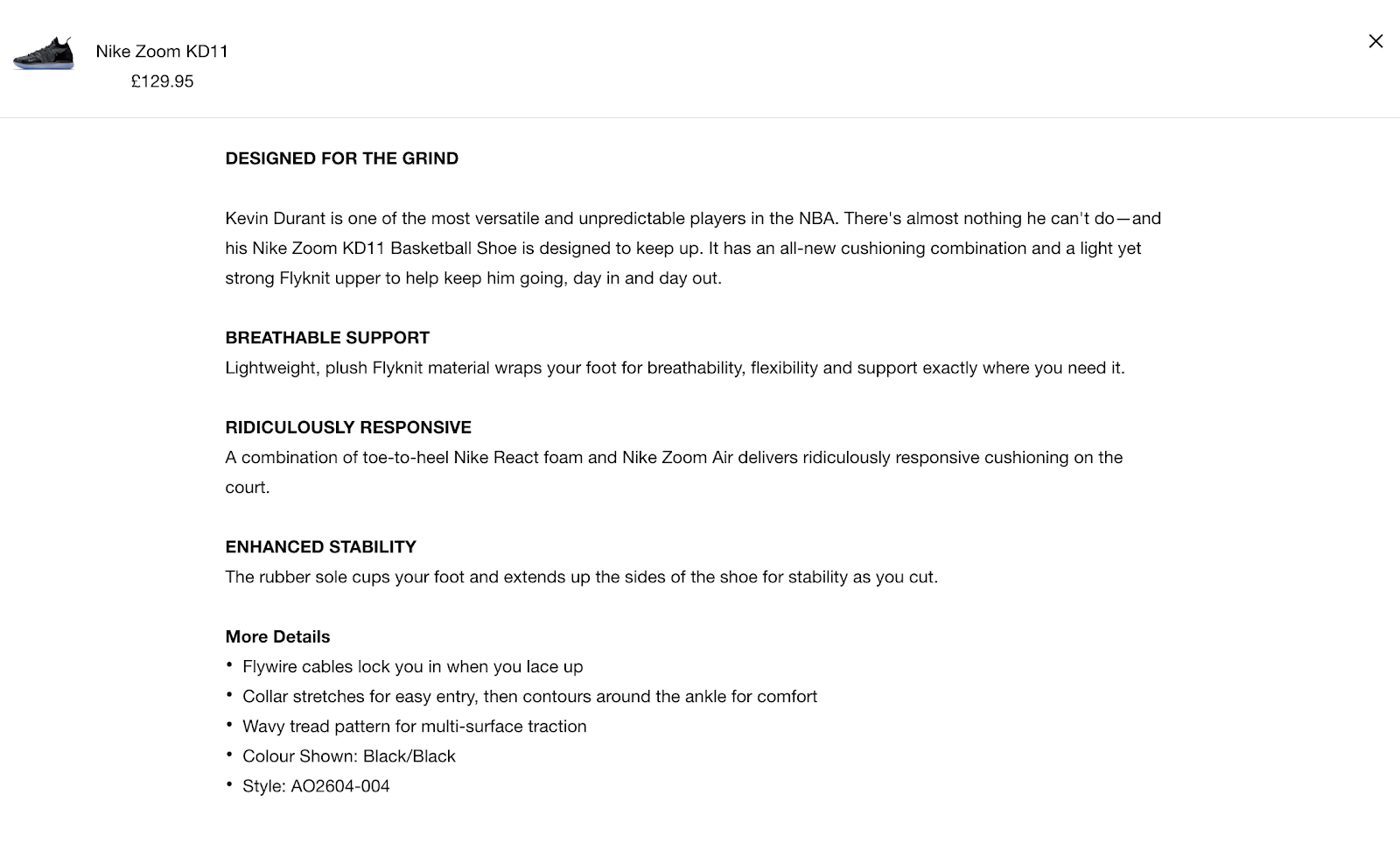
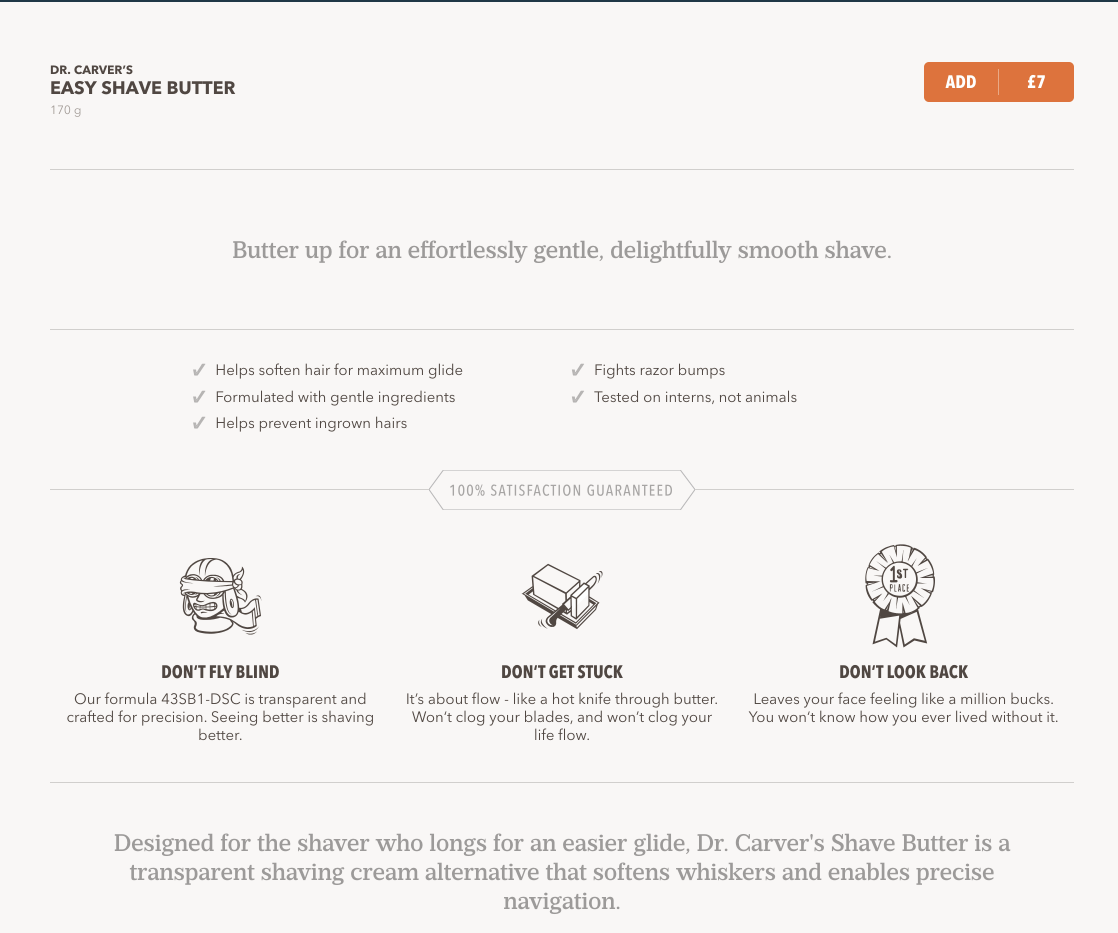
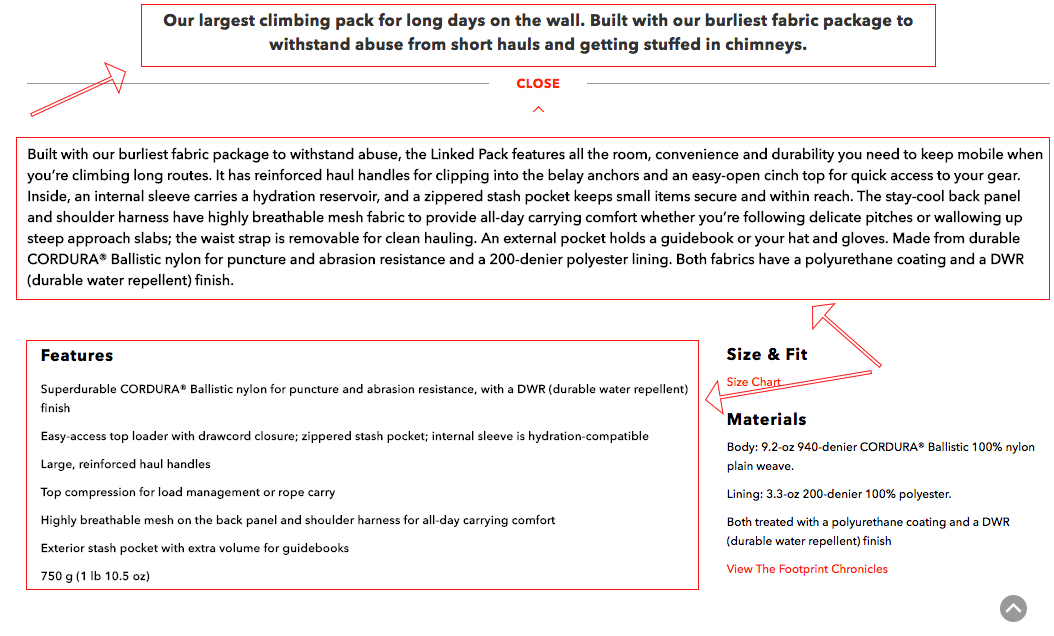


Comments